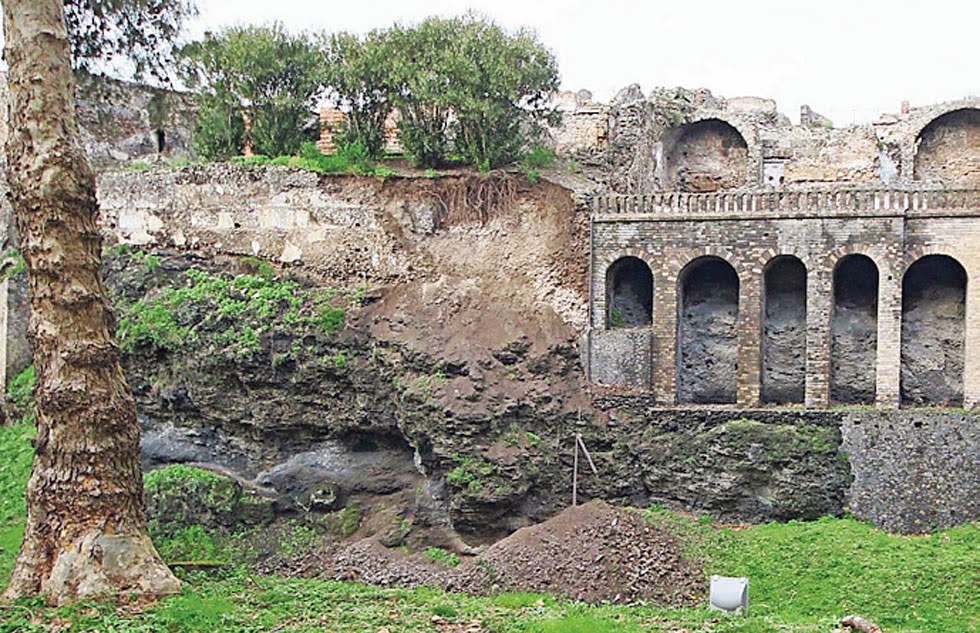On December 5, the British Museum announced that it would loan a piece of the Elgin Marbles to the State Hermitage Museum in St. Petersburg to memorialize its 250thbirthday. Although intended as a kind gesture to Russia, it was also a stinging insult to Greece—the country has been requesting the return of the Elgin Marbles for decades.
The Parthenon Marbles, a group of sculptures, statues, inscriptions and architectural elements depicting scenes from Greek mythology, were once part of the Parthenon. Built in 5th century BC to honor Athena, the temple has become one of the most recognized symbols of Western Civilization and is regarded as the highest architectural achievement of the Ancient Greeks.
About half of the marbles were torn from the temple between 1801 and 1802 by the Earl of Elgin while Athens was under Ottoman occupation. According to most historians, Elgin received an official decree (firman) to remove sculptures. While the document no longer exists, a translation from an Italian copy suggests that Elgin was permitted to take “some stones”—not half of the carvings on the Parthenon. Some historians argue that Elgin never actually received the requisite permission for removal, as there is no documentary evidence that the firman existed. What is known is that the removal of the objects damaged the Parthenon, even if that was not Elgin’s intention. Then in 1816, the British Parliament purchased the marbles and presented them to the British Museum.
Lord Elgin’s actions have been disputed from the start
From the start, the legality and morality of Elgin’s actions have been disputed. Lord Byron was one of the most vocal critics of Lord Elgin, referring to him as a “plunderer.” Greece gained its independence in 1832, and in 1837, the Greek Archaeology Society was founded. At its first meeting, the president called for the marbles’ return. The Greek people regard the carvings as a symbol of their culture, heritage and past. In the same vein, art historians and archaeologists argue that the sculptures are integral to the ancient temple structures still standing in Athens. There is a call for the marbles to be unified as they were intended to be viewed. On the other hand, the British Museum asserts that the objects should be seen in a larger framework, presenting Greek art in a chronological narrative. The British Museum argues that the Parthenon sculptures are “integral to the Museum’s purpose as a world museum telling the story of human cultural achievement.” And after being housed in the museum for nearly two centuries, the carvings are a significant feature of British cultural identity. But, some view the sculptures’ placement in London as a sad reminder of British imperialism—an attempt to transform London into the “New Athens” in the way that Napoleon tried to convert Paris into the “New Rome.”
The British Museum opened in 1759, a few years before the Hermitage. They are two of the first great museums of the Enlightenment, established for the public benefit, educating and exposing the masses to art. These encyclopedic museums aim to present visitors to a variety of cultures and exhibit art in a broader context, providing a sense of a shared human cultural heritage. However, is this the best context for art? Is it proper to remove a work from its original cultural setting, losing its context? While millions of people visit the British Museum each year, it is still disheartening to view the marbles in London after learning that their removal damaged one of mankind’s crowning achievements.
Moral solution is to return the marbles
The British Museum claims that the removal of the objects saved them from destruction, as they were not being protected at the time. However, times have charged; if the marbles are returned to Greece, they will be in a museum. (Interestingly, the marbles were damaged while under the custodianship of the British Museum where conservators used harsh cleaning agents on them.) Greece has built the New Acropolis Museum featuring state-of-the-art design and technology which ensures protection of its collection. What’s more, the New Acropolis Museum is a mere 300 meters from the Acropolis, allowing the marbles to be seen as intended—basking in the Greek sunlight. To fully appreciate the artistic and historical significance of the friezes, they should be viewed in their context of the Acropolis mount, a hillside covered with art venerating the gods watching over Athens.
As an attorney, my position is troubling: Greece does not have a strong legal argument for restitution. If Lord Elgin did not receive the proper permit for the marbles’ removal, then the British Museum could not have purchased legitimate title. However, there are time limitations for bringing suit. The Greek government has been aware of the removal for nearly two centuries now, and they never filed suit against Elgin or the British Museum. The statute of limitations may stop any lawsuit from moving forward. Still, while the legal answer may not support restitution, the moral solution is to return the marbles. The carvings are a symbol of the Greek people—their violent removal distanced the objects from their legitimate home.
The British Museum has undercut its own argument with its own actions
In 2013, UNESCO requested that the British government enter mediation, and the deadline for a response is in March. In the meantime, the British Museum loaned one of the statues to the Hermitage. For years, the museum argued that it would not move the Parthenon Marbles because of their delicate nature, the risk being too great. The British Museum alleged that the carvings were safest in London. That argument has been undercut by the museum’s own actions. But what is most surprising is the recipient—especially amidst rising tensions between Russia and the U.S. and Europe. Russia has a poor reputation for handling plundered art. Russian officials are uncooperative in returning Nazi-looted art to rightful owners, claiming that objects seized during World War II are reparations for lost lives. It is ironic that the Hermitage should be the first to benefit from a loan involving the most hotly contested cultural heritage objects. The museum long accused of holding on to stolen Greek art is now loaning its inventory to a country that refuses to restitute stolen art. The Greek outrage is understandable.
The British Museum has unequivocally stated that it will not return the marbles to Greece but, maybe the country has some options. Just as Italy leveraged its vast collections and archaeologically-rich resources against American museums, perhaps Greece could do the same. Over the past decade, museums across the U.S. returned looted objects to Italy after Italian officials threatened to withhold all Italian loans. The fear of losing access to Italian objects pressured museums to comply with Italy’s demands. As Greece has a rich archaeological trove, bargaining may be successful. International fervor is rising over the dig at Amapholis, an elaborate burial site in Northern Greece that may contain the remains of a relative of Alexander the Great. Prohibiting British archaeologists to access the site and barring any finds from going to British institutions may be one way to apply pressure for the return of some of the Parthenon Marbles. This type of action is necessary. The Parthenon is not just cultural heritage, but a symbol of Greece and the glory of Athens.
Author: Leila Amineddoleh | Source: Forbes [December 23, 2014]









 According to the representative of the ministry of culture of Italy Mario Resca, thanks to scanning of old books, access to knowledge which contain in these books, will become simpler for many people.
According to the representative of the ministry of culture of Italy Mario Resca, thanks to scanning of old books, access to knowledge which contain in these books, will become simpler for many people.













































